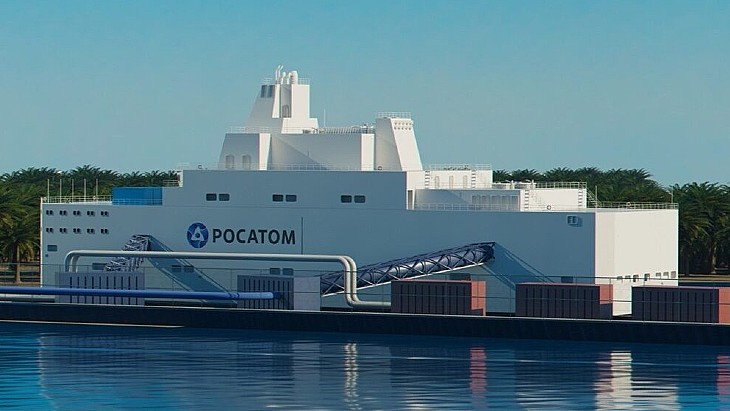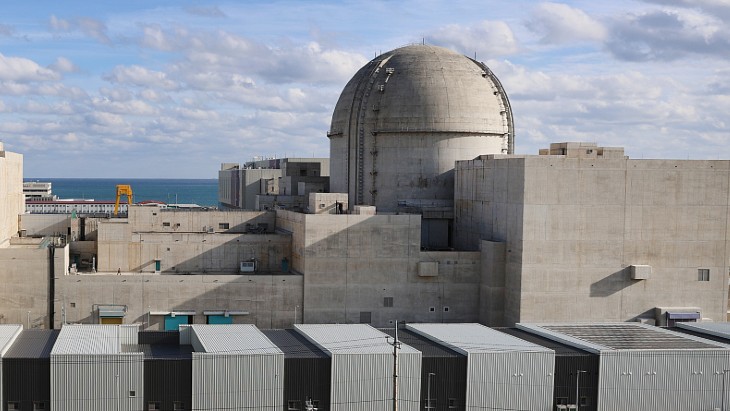The signing took place during the St Petersburg International Economic Forum, with the cooperation set to include the two sides exploring how the implementation of the sea-based units would work and the terms and conditions.
Vladimir Aptekarev, Deputy Head of Rosatom's Mechanical Engineering Division, said: "The cooperation involves joint work on developing a power supply solution both to industrial and domestic consumers in the Republic of Guinea, by deploying floating nuclear power units with RITM-200 reactors, which have already proven efficient ... The power supply issue in the African region is urgent, and our main task is to provide a fast, reliable and environmentally-friendly solution for our partners."
He added that the agreement "demonstrates the high global interest in our technology".
The floating power units developed by Rosatom are based on the RITM-200 reactors which have been used for the latest generation of nuclear-powered icebreakers. The first floating power plant, the Akademik Lomonosov, in the Chukotka region, was launched in 2020 and provides 70 MWe, plus heat, to the nearby coastal areas.
Under a contract signed in 2021, Rosatom's Machine Engineering Division is supplying four floating power units (FPUs), each with a capacity of up to 106 MW of electric power, for the Baimsky Mining and Processing Plant. Three of the FPUs will be primary units, while the fourth will serve as a backup and the project is designed to be the first "serial" reference for floating power units and the world’s first experience in electrification using a floating power unit for mineral extraction projects.
In a question and answer interview for World Nuclear News last month. Aptekarev said 100 MW floating power units were being developed for export "with enhanced technical and economic performance suited for relatively warm climates" adding that negotiations were "in progress with several countries across different regions of the world, with some negotiations already resulting in signed agreements". He explained that the business model is not to sell the floating power units, but instead to sell the electricity generated from them, with Power Purchase Agreements of up to 60 years. The refuelling interval is expected to be between 7 and 10 years.





_72306.jpg)


_49562.jpg)





